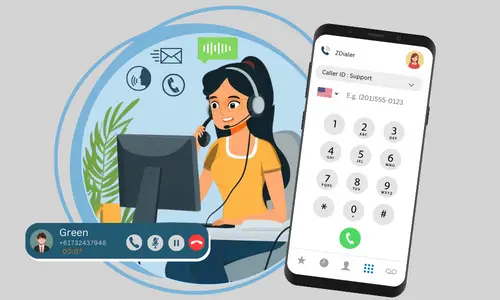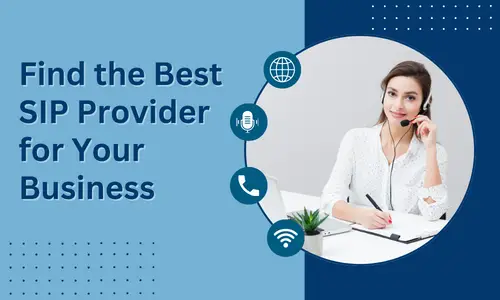Codec VoIP Mastery: Elevate Your Communication
Unlock Crystal-Clear Calls and Optimal Efficiency
VoIP codecs enhance call quality and bandwidth efficiency, supporting various codecs for stable, clear communication, ideal for both business and personal use.
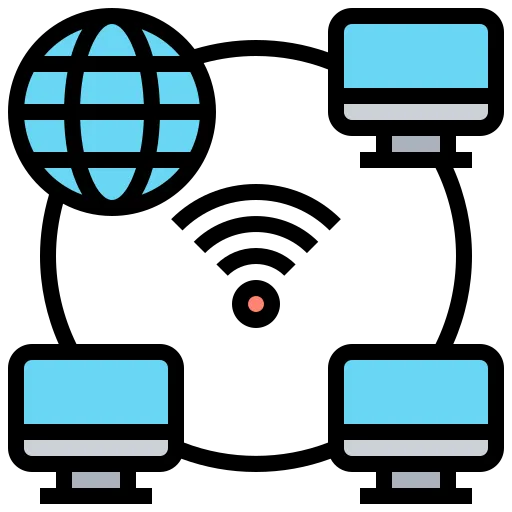
Network Compatibility
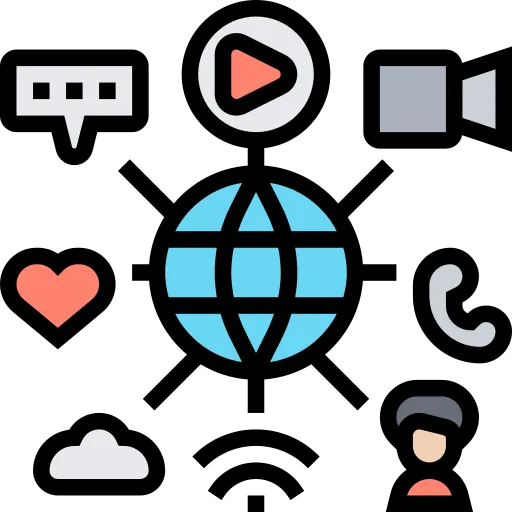
Clear Communication
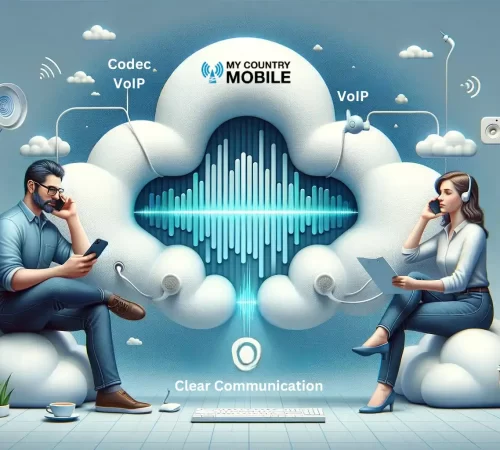
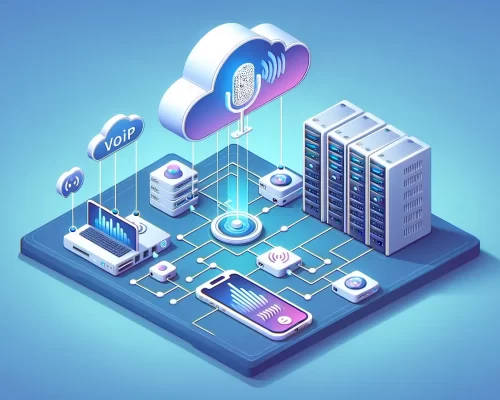
The Essential Role of VoIP Codecs
in Modern Communication
Defining VoIP Codecs: Digital tools that convert voice signals into data packets for internet transmission.
Quality and Clarity:Codecs crucially determine the clarity of your voice calls over the internet.
Bandwidth Efficiency: By compressing voice signals, codecs optimize bandwidth use, enabling smoother communication.
Impact on Performance : The right codec choice directly influences call reliability and overall communication quality.
Key Advantages of Choosing the Right VoIP Codec
High Audio Quality
Crystal-clear audio, crucial for business communications, even in low-bandwidth.
Low Latency
Ensures real-time communication, critical for customer support and telehealth.
Bandwidth Efficiency
Optimizes bandwidth, allowing simultaneous calls, saving costs on data usage.
Error Resilience
Maintains quality despite packet loss, essential for remote and international calls.
Scalability
Easily scales from small business to enterprise demand without performance loss.
Security Features
Offers encryption, protecting calls in sensitive industries like healthcare and finance.
Transforming Digital Communication: The Power of VoIP Codecs

Codec Basics:
Convert voice signals into digital data for internet travel.

Compression:
Shrinks data size for efficient transmission across networks.

Decompression:
Restores original voice signal ensuring clear call quality.

Bandwidth Savings:
Reduced data size means less network bandwidth needed.

Voice Clarity:
Maintains high-quality voice despite compression and decompression stages.

Adaptive Technology:
Automatically adjusts to network conditions for optimal performance.

Three Types of VoIP Codecs
The G.711, G.729, and Opus codecs are vital for VoIP communications, balancing between high-quality audio, bandwidth efficiency, and adaptability to network conditions, ensuring seamless voice transmission across diverse digital environments.

G.711 Codec
Standard for voice communications, offering high-quality audio at 64 kbps, ideal for clear, uncompressed voice transmission over IP networks.

G.729 Codec
Highly efficient, compressing audio to 8 kbps to save bandwidth, perfect for VoIP communications in bandwidth-constrained environments.

Opus Codec
Versatile and adaptive, supports variable bit rates from 6 kbps to 510 kbps, delivering superior audio quality in diverse network conditions.
Advantages of Choosing My Country Mobile

Expert Guidance: Benefit from our experienced team's deep understanding of VoIP codecs, ensuring smooth and informed integration processes.

Customizable Solutions: Our tailor-made codec solutions are crafted to meet your unique requirements, enhancing performance for flawless communication.

Superior Call Quality: Elevate your VoIP communications with our cutting-edge codec technology, delivering unmatched clarity and reliability in every call.

Optimized Efficiency:Enjoy reduced bandwidth consumption without sacrificing voice quality, thanks to our efficient codec optimization, saving costs and resources.
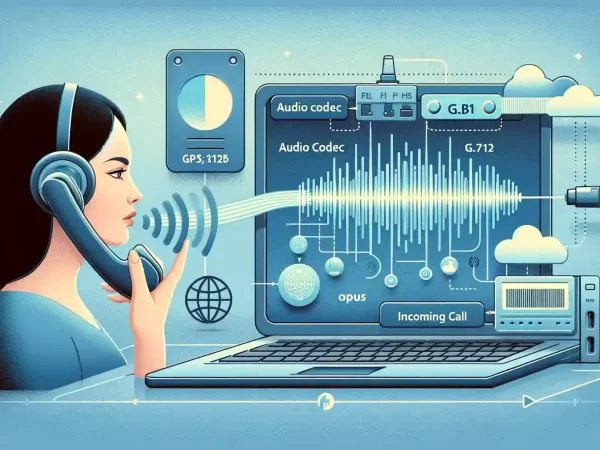
Enhanced Codec Selection Guide: Making the Right Choice

Opus Codec - Versatility Across Bandwidths: Superior performance in varying network conditions.

G.711 - Uncompressed Audio Quality: Ideal for high-bandwidth environments, pristine voice clarity.

G.729 - Bandwidth Conservation: Efficient in limited bandwidth, and maintains satisfactory call quality.

Network Conditions - Key Codec Factor: Choose codecs based on network speed and stability.

Hardware Capabilities Influence Codec Choice: Ensure compatibility for optimal performance and quality.

Communication Needs Dictate Codec Selection: Tailor codec to your specific voice communication requirements.
My Country Mobile's Trusted Partnerships









My Country Mobile Reviews

4.6 out of 5
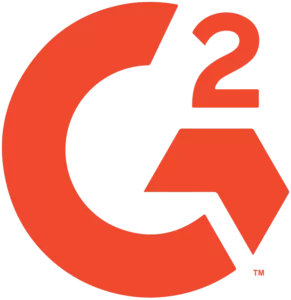
4.8 out of 5

4.7 out of 5

4.9 out of 5


Our customer support team has seen a significant improvement in customer interactions since implementing My Country Mobile's SMS solutions. The SMS integration and interactive voice response (IVR) capabilities have allowed us to provide quick and personalized assistance, leading to higher customer satisfaction and loyalty.
Elevate Your Communication Experience with Our Codec VoIP
Unleash Superior Call Quality and Efficiency
FAQ's
What is Codec VoIP and how does it work?
Codec VoIP uses codecs to convert audio signals into digital data that can be transmitted over the internet, enabling voice communication without traditional telephony systems. By compressing and decompressing voice data, Codec VoIP ensures efficient and high-quality voice transmission.
Why is Codec VoIP a better choice for my communication needs?
Codec VoIP offers superior call quality, cost savings, scalability, and flexibility compared to traditional telephony. It allows users to communicate globally with reduced latency and enhanced clarity, making it ideal for both personal and business needs.
How can Codec VoIP reduce my communication costs?
By utilizing the internet for voice transmission, Codec VoIP significantly lowers the cost of international calls and eliminates the need for traditional phone lines and hardware, leading to substantial savings on communication expenses.
What makes My Country Mobile's Codec VoIP services stand out?
Our Codec VoIP services are distinguished by their exceptional call quality, robust security measures, global reach, and personalized customer support. We also offer a wide range of scalable solutions tailored to meet the unique needs of individuals and businesses.
Which codecs does My Country Mobile support for VoIP services?
We support a variety of codecs, including popular options like G.711, G.729, and Opus, to ensure compatibility and optimal performance across different devices and network conditions.
Can I use Codec VoIP services on my existing devices?
Yes, My Country Mobile’s Codec VoIP services are designed to be compatible with a wide range of devices, including smartphones, tablets, VoIP phones, and computers, allowing you to leverage your existing hardware for VoIP communication.
How does My Country Mobile ensure the security of VoIP communications?
We employ state-of-the-art encryption, secure authentication protocols, and continuous network monitoring to protect your VoIP communications from unauthorized access and ensure the confidentiality of your conversations.
Is it difficult to switch to Codec VoIP services from a traditional phone system?
Switching to Codec VoIP is straightforward with My Country Mobile. We provide comprehensive guidance, from initial consultation and setup to training and ongoing support, making the transition seamless for you and your team.
How reliable are Codec VoIP services during network fluctuations?
Our Codec VoIP services are designed with advanced algorithms to maintain call quality and reliability even in conditions of network fluctuation or limited bandwidth, ensuring uninterrupted communication.
How can I get started with My Country Mobile's Codec VoIP services?
Getting started is easy. Simply contact us for a personalized consultation, and our team will guide you through the selection and setup process, tailoring our Codec VoIP solutions to perfectly fit your communication needs.





